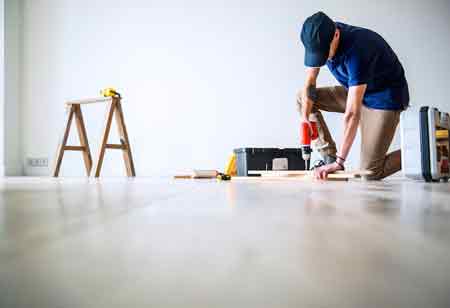Thank you for Subscribing to Construction Business Review Weekly Brief
Specials
- MEP Canada
- Kitchen and Bath
- Decking Canada
- Architectural Glass Europe
- MEP APAC
- Construction Saudi Arabia
- German Apartment and Condominium Contractors
- Construction Law APAC
- Outdoor Construction
- Foundation Construction Canada
- Building Sealing Solutions Europe
- Apartment and Condominium Contractors Canada
- Cold Storage Construction APAC
- Precast Concrete Europe
- Construction Staffing Europe
- Pre-Construction Services
- Flooring System APAC
- Scaffolding Canada
- Swimming Pool Construction Canada
- Construction Management Canada
- Dummy
- Building Restoration and Maintenance Canada
- Residential Construction
- Concrete Canada
- Construction Cladding Europe
- Construction Cladding APAC
- Concretes, Aggregates and Construction Materials APAC
- Concretes, Aggregates and Construction Materials Europe
- Commercial Contractors Europe
- Commercial Contractors APAC
- Cold Storage Construction Canada
- Flooring Systems Europe
- Construction Management APAC
- Landscaping Canada
- Construction Coating Europe
- Construction Tech Startups Europe
- Insulation Services Europe
- Mechanical Contractor Canada
- Mould Remediation and Testing Europe
- Swimming Pool Construction APAC
- Construction Engineering Services
- Mechanical Electrical and Plumbing
- Roofing Systems Europe
- Architectural Glass APAC
- Startups APAC
- Forensic and Owners Representative
- Flooring System
- Waterproofing APAC
- Wall Systems
- Safety and Compliance Europe
- Construction Bidding and Auctions
- Modular and Prefab Construction
- Architectural Glass
- Construction MENA
- Construction Demolition and Recycling Europe
- Modular Construction Europe
- Construction Interiors
- Steel Building APAC
- HVAC
- Doors and windows
- Modular Construction APAC
- Insulation, Coating and Waterproofing
- Building Information Modeling APAC
- Sustainable Construction APAC
- Building Restoration and Maintenance
- Commercial Contractors
- Specialty Construction
- Construction Engineering Canada
- Construction Engineering MENA
- Modular Construction Canada
- Roofing and Siding Systems
- Construction Latam
- Workforce Management and Staffing
- Roofing Systems APAC
- Construction Consulting
- Steel Building Europe
- Construction Demolition and Recycling APAC
- Safety and Compliance APAC
- Concretes, Aggregates and Materials
- Construction Cladding
Revolutionizing the Future of Construction
In recent years, the construction industry has seen significant advancements in the methods and materials

By
Construction Business Review | Wednesday, May 01, 2024
Stay ahead of the industry with exclusive feature stories on the top companies, expert insights and the latest news delivered straight to your inbox. Subscribe today.
The construction industry is transforming its future by embracing innovation, sustainability, and resilience through advanced technologies and eco-friendly practices, enhancing structure longevity and safety.
FREMONT, CA: In recent years, the construction industry has seen significant advancements in the methods and materials used for structural assessments and concrete repairs. These developments are driven by more durable, sustainable, and cost-effective solutions. Looking at current trends, it's clear that innovative practices are shaping the future of structural integrity and rehabilitation.
Innovative Materials for Concrete Repair
One of the most noticeable trends is the evolution of materials used in concrete repairs. Traditional concrete repair materials are being replaced or supplemented by advanced polymers, fiber-reinforced concrete, and nano-materials. These materials offer superior durability, flexibility, and resistance to environmental factors. For instance, polymer-modified concrete has become widespread due to its enhanced bonding properties and ability to cure rapidly, minimizing downtime in repair projects.
Sustainability and Eco-Friendly Practices
Sustainability has become a central concern in all construction areas, including structural assessments and concrete repairs. The industry is moving towards using materials and methods with minimal environmental impact. This includes recycling existing concrete debris for use in new mixes, utilizing slag and fly ash as partial replacements for Portland cement, and employing techniques that reduce CO2 emissions during the repair process. Moreover, there's a growing interest in developing self-healing concrete that can repair its cracks, further extending the durability of concrete structures while minimizing maintenance costs and environmental footprint.





